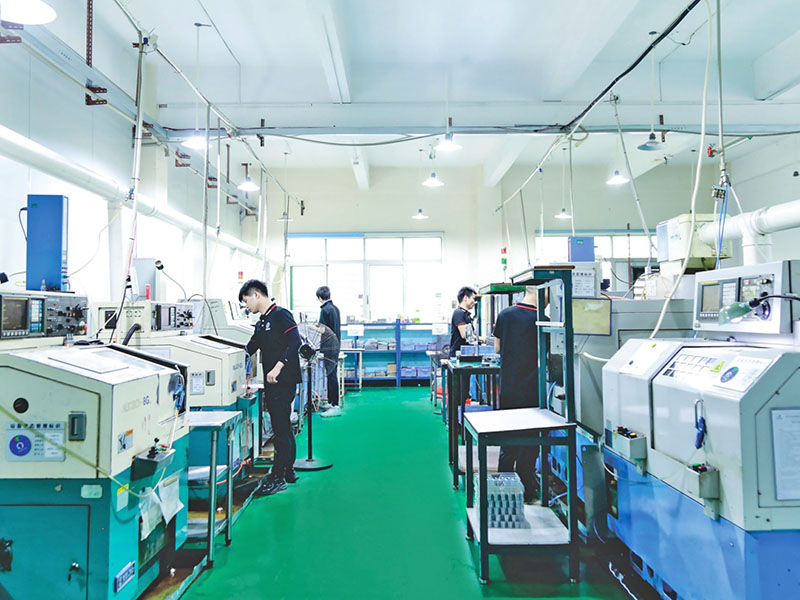There are many kinds of valves, but the basic function is the same, that is, connecting or cutting the medium flow. Therefore, the sealing problem of the valve is very prominent.
To ensure that the valve can cut off the medium flow well and does not leak, it is necessary to ensure that the valve seal is intact. There are many reasons for valve leakage, including unreasonable structural design, shortcomings in the sealing contact surface, loosening of fastening parts, the coordination between the valve body and the valve cover is not tight, etc. All these problems may lead to poor valve sealing, resulting in leakage problems. Therefore, the valve sealing technology is an important technology related to the performance and quality of the valve, which needs to be systematically and deeply studied.
From the production of the valve to the present, its sealing technology has also experienced great development. So far, the valve sealing technology is mainly reflected in two aspects, namely, static sealing and dynamic sealing.
The so-called static seal usually refers to the seal between two static surfaces, and the sealing method of static seal is mainly the use of gaskets.
The so-called dynamic seal mainly refers to the seal of the valve stem, that is, to prevent the medium in the valve from leaking with the movement of the valve stem, and the sealing method of the dynamic seal is mainly to use the stuffing box.
1. Static seal
Static seal refers to the formation of a seal between two static sections, and the sealing method is mainly the use of gaskets. There are many types of gaskets, frequently used gaskets include flat gaskets, O-rings, wrap gaskets, shaped gaskets, waveform gaskets and wound gaskets and other categories, each type can be further divided according to the use of different materials.
① Flat washer. Flat gaskets are flat gaskets stuck between two static sections, generally according to the material used can be divided into plastic flat gaskets, rubber flat gaskets, metal flat gaskets and composite flat gaskets, each material flat gaskets have their range of application.
② O-ring. O-ring refers to the section shape of the O-shaped gasket, because its section shape is O-shaped, there is a certain self-tightening effect, so the sealing effect is better than the flat gasket.
③ Packing washer. Bag washer refers to a washer that wraps a material on another material, such a washer generally has good elasticity and can enhance the sealing effect.
④ Shaped washer. Special-shaped washers refer to those irregular shape washers, including oval washers, diamond washers, gear washers, dovetail washers, etc. These washers generally have a self-tightening effect, mostly used in high and high pressure valves.
⑤ Wave washer. Wave washer is only a wave shape washer, this kind of washer is usually a combination of metal materials and non-metallic materials, generally has a small compression force, good sealing effect.
⑥ Wrap washer. Winding washer refers to the very thin metal belt and non-metal belt closely together, wound the formation of the washer, this kind of washer has good elasticity and sealing.
Gasket production materials mainly include three categories, namely metal materials, non-metallic materials and composite materials. In general, the strength of metal materials is high, strong temperature resistance, commonly used metal materials are copper, aluminum, steel and so on. There are many types of non-metallic materials, including plastic products, rubber products, asbestos products, hemp products, etc. These non-metallic materials are widely used and selected according to specific needs. There are also many types of composite materials, including laminates, composite boards, etc., which are also selected according to specific needs, and are generally used more in waveform washers and wound washers.
2. Dynamic seal
Dynamic seal refers to the seal that does not let the medium flow in the valve leak with the movement of the valve stem, which is a sealing problem in the process of relative movement, and the sealing method is mainly the use of stuffing box. There are two basic forms of stuffing boxes, namely gland type and compression nut type. Gland type is currently used in a lot of forms, generally from the form of the cap, can be divided into two types of combined and integrated, although each form is different, but basically contain compression bolts. The compression nut type is generally used for smaller valves.
In the packing box, because the packing is in direct contact with the valve stem, all required packing has good sealing, small friction coefficient, can adapt to the pressure and temperature of the medium, and corrosion resistance. At present, the commonly used fillers include rubber O-rings, braided coils, asbestos coils and plastic molding fillers, etc. Each filler has its own adaptation conditions and scope, and is selected according to specific needs.
Sealing is to prevent leakage, so the principle of valve sealing is also studied from preventing leakage. There are two main factors causing leakage, one is the main factor affecting the sealing performance, that is, there is a gap between the sealing pair, and the other is that there is a pressure difference between the two sides of the sealing pair. The sealing principle of the valve is also analyzed from the four aspects of the sealing of the liquid, the sealing of the gas, the sealing principle of the leakage channel and the sealing pair of the valve.




